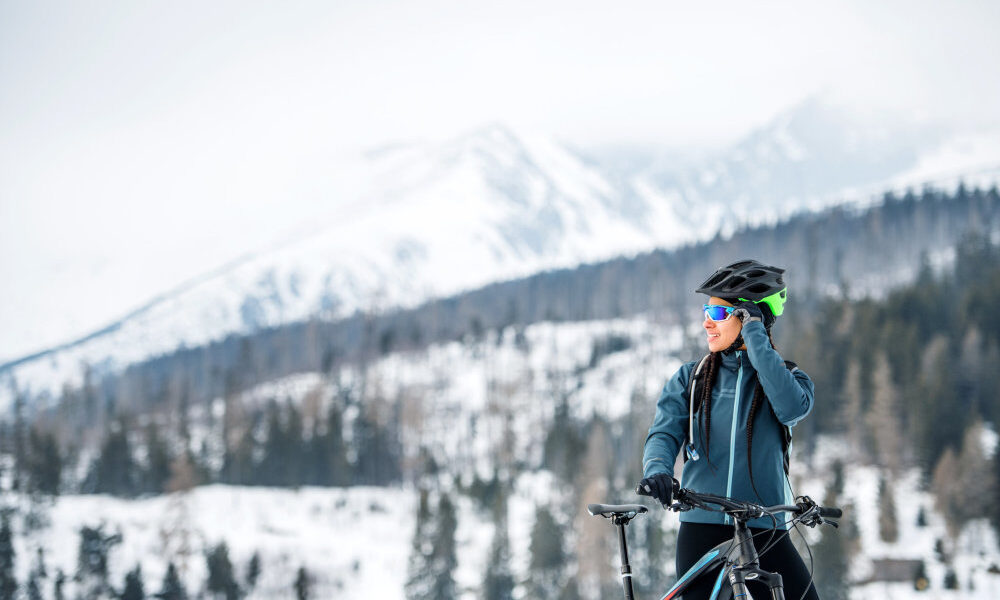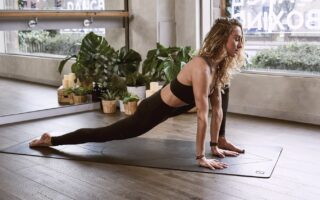Cold weather presents challenges to cyclists. In winter, staying warm is difficult, but nowadays, we can overcome these challenges with advanced cycling kits. This kit includes cycling thermals, leggings, body warmers, jerseys, jackets, etc.
Do you want to view more of these specially designed cycling clothes? They protect you from the cold weather and make your journey comfortable. You don’t need to pack your bike and hibernate in the winter season because a wide range of lightweight, good-insulating cycling clothing is available to keep you warm during winter.
Table of Contents
Cycling Thermals: First Line Defense
Cycling thermals are essential for cycling in cold weather. Before hitting the snowy roads in winter, start with the cycling thermals as the base layer. These are not regular clothes; they are specially designed-clothes.
Material And Design
The efficiency of cycling thermals depends on their material and design. Their synthetic material helps trap heat, keeps your body warm in the winter, and draws sweat away. Otherwise, if your wet skin is exposed to cold air, it may induce chills and shivering, making your ride uncomfortable.
Cycling thermals should fit properly to allow for heat retention and moisture absorption. Its antibacterial properties prevent bacteria buildup and help avoid bad odors due to prolonged use. Good quality cycling thermals are essential to ensure a safe and comfortable journey.
Protecting The Limbs
In winter, protecting your limbs from cold, freezing wind is necessary. Due to the cold, there is reduced blood flow to extremities, which makes them numb. To avoid this, you have to keep them warm.
Bib Shorts or Leggings
After the base layer, bib shorts and leggings make the next layer. They will cover your legs and arms and keep you warm. They are available in longer and shorter versions. Go for the long-sleeved and long-legged versions for proper coverage and to prevent cold flashes. Long bib shorts and leggings will provide an extra layer of trapped air that increases warmth. For milder winter days, short ones are best.
Arm And Leg Warmers
These adaptable warmers can provide an extra layer of insulation to thighs, legs, or forearms. They must be part of a cyclist’s wardrobe. You can put them in your pocket and use them according to your needs and weather conditions.
Cycling Jersey or T-Shirt
Cycling jerseys are made of lightweight, moisture-absorbing fabric to ensure comfort during ride. In cold weather, a cycling jersey or t-shirt plays an important role. It provides additional insulation and protection. You can wear it over cycling thermals and other layers to trap the body’s core heat.
The design of cycling jerseys varies widely to meet the needs of the cyclists. Its material, like polyester, helps to regulate body temperature. They have snug-fit properties that are essential when cycling at higher speeds on the road.
Bodywarmers For Insulation
Bodywarmers are integral for cyclists to keep them warm during cold weather. Their sleeveless design provides insulation and prevents the restriction of arm movement. It is particularly beneficial when wearing many layers so that the excess material around the arms does not restrict the cyclist’s mobility. Bodywarmers made of nylon are well known for insulating properties. They also provide movement freedom during cycling.
Waterproof Jacket For Outer Protection
In cold weather, the outer layer ensures a comfortable experience. A waterproof jacket offers protection against cold winds and rain showers. Put it over a cycling jersey or layer it with a body warmer. Wind and cold-resistant materials are most suitable for cycling in cold weather. Its waterproof features ensure that rain or snow does not dampen the clothes. Wet clothes reduce the body temperature and lead to discomfort.
Gloves, Neck Warmers, And A Hat
In cold weather cycling, ensure that every part of your body is adequately covered. Hands, neck, and head are sensitive areas and are greatly affected by the cold wind.
Cycling Gloves
Gloves are of two types – fingerless or with full coverage. Fingerless gloves do not provide your hands full insulation, but full coverage gloves with rubber grips offer effective insulation and grip.
Neck Warmers
It is the modified version of a scarf and provides more protection to your neck in cold weather while cycling. It will keep your neck and lower face warm.
Hat
Helmets protect your head from injury and trauma but do not keep it warm. While the Hat ensures the head remains warm, making cold-weather rides enjoyable and bearable.
Benefits of Cycling Accessories
Cycling accessories boast many advantages, such as:
- Temperature Regulation: Provides insulation to maintain body heat.
- Protection: Shields from cold frosting air and prevents muscle soreness.
- Flexibility: Can be worn or removed easily, as per weather conditions.
Conclusion
Exploring the cold roads on a cycle requires skill, but you must also know what to wear. It plays a role in the rider’s safety, comfort, and experience. Each layer protects against cold weather challenges, from cycling thermals to outer protection. You must pay attention to your cycling attire for warm, safe, and comfortable cycling.




